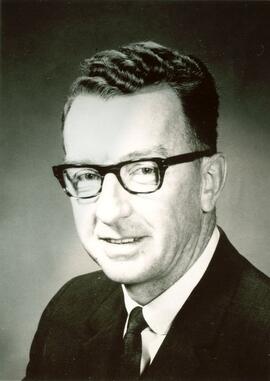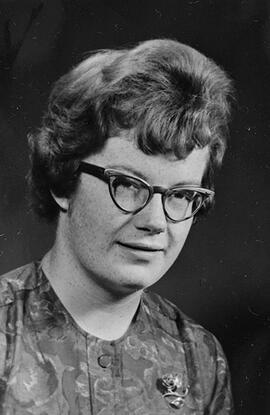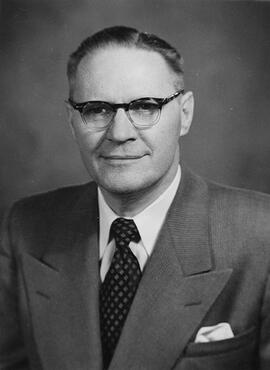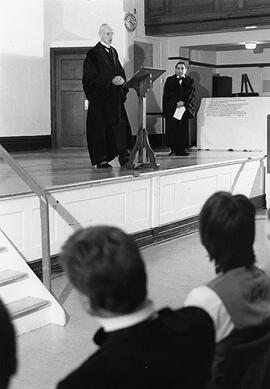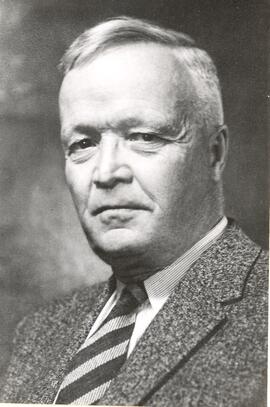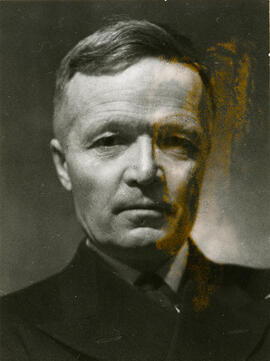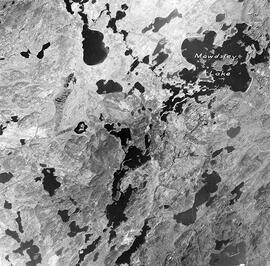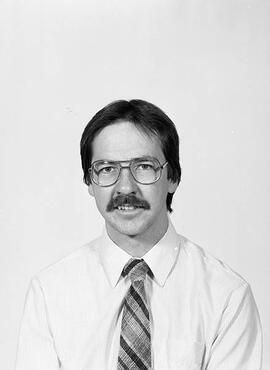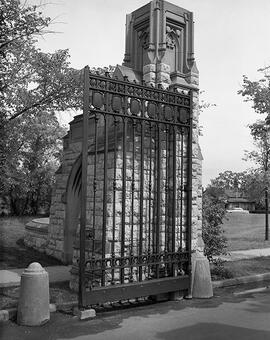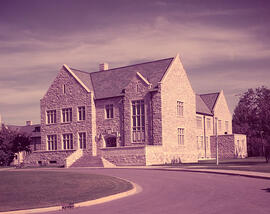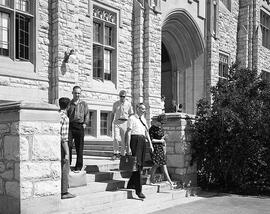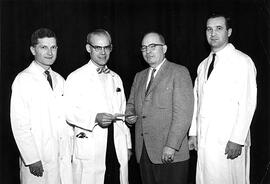- A-10559
- Item
- Jan. 1964
Head and shoulders image of Dr. Vince L. Matthews, Professor and Head, Department of Social and Preventative Medicine, University Hospital.
Bio/Historical Note: Born in 1922 near Kincaid, Saskatchewan, Dr. Vincent L. Matthews received a BA from the University of Saskatchewan in 1943. He completed his MD at the University of Toronto in 1945, and earned a Diploma in Public Health from the University of Toronto in 1947. That same year he was assistant to the director of Regional Health Services in Saskatchewan. He served as the Swift Current region's Medical Health Officer from 1948 to 1957. His principled yet practical approach, bolstered by certification as a specialist in public health in 1953 and experience as a general practitioner in Maple Creek for two years, enabled him to help the region's administrator, board, and local physicians to make the medical, hospital, dental and public health programs function effectively. In 1957 he headed the Medical and Hospital Services Branch of Saskatchewan Health, and accepted an appointment as acting Deputy Minister of Health a few days before the Doctors’ Strike in 1962; he then became associate Deputy Minister of Health. Dr. Matthews was head of the Department of Social and Preventive Medicine (now known as the Department of Community Health and Epidemiology) in the College of Medicine at the University of Saskatchewan from 1964 until retirement in 1987. He was a celebrated national and international leader in public health, as well as a key player in Saskatchewan's evolving health system. He died suddenly in Saskatoon on 7 July 1988. To honour his memory, the college’s Dr. Vince Matthews Graduate Student Bursary was established.

